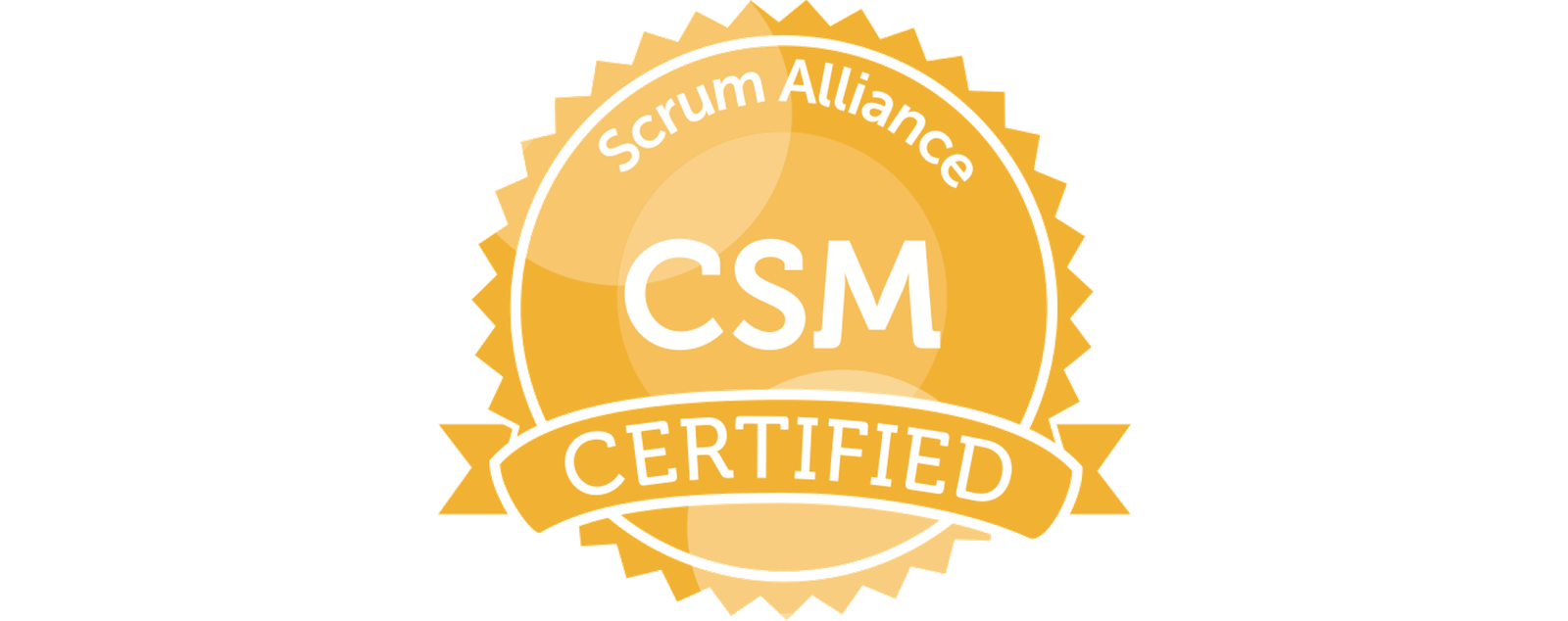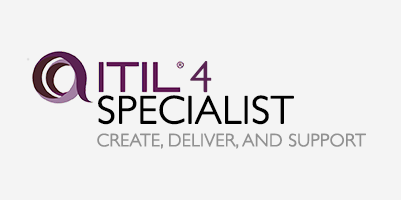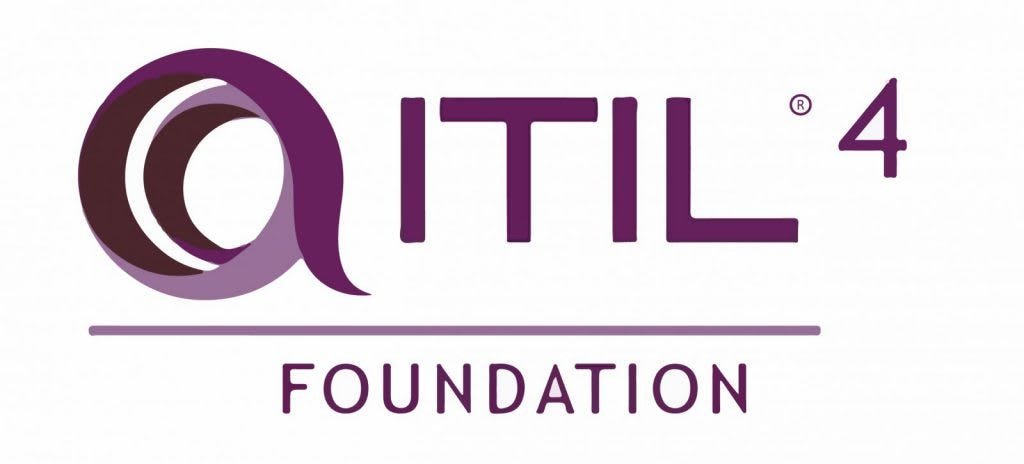Course Overview
Certified Scrum Master (CSM) is a certification program that validates one’s knowledge and understanding of the Scrum framework. Scrum is an Agile methodology that is used to manage and complete complex projects. To become a CSM, one must attend a two-day training program conducted by a Certified Scrum Trainer (CST) and pass an online test. During the training, participants learn about the Scrum framework, its principles, roles, events, and artifacts. They also learn how to apply Scrum in real-world scenarios, how to facilitate Scrum events, and how to work with and support the Scrum team. The certification is provided by Scrum Alliance, a non-profit organization that supports and promotes the use of Scrum. Once certified, CSMs can use their knowledge and skills to help organizations adopt and implement Scrum, improve their team’s performance, and deliver value to their customers faster. Finally, CSM is a certification program that validates one’s knowledge and understanding of the Scrum framework and enables them to support and facilitate Scrum teams.
Target Audiance
- Scrum Master, Portfolio Manager, Product Management Leads, Agile Coach, Product Owner.


 5
5


